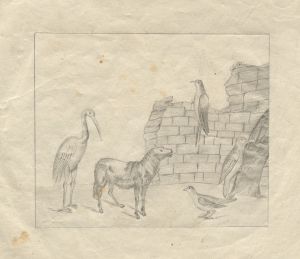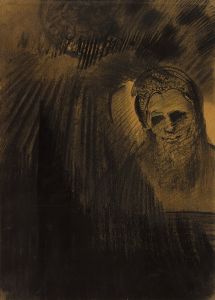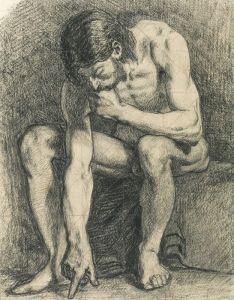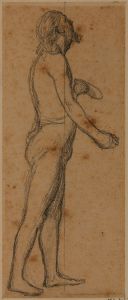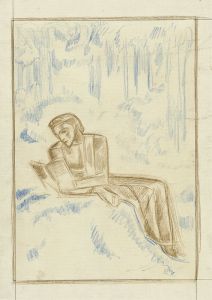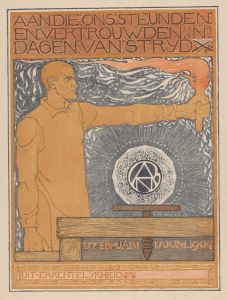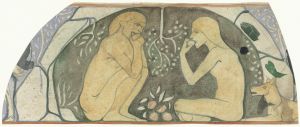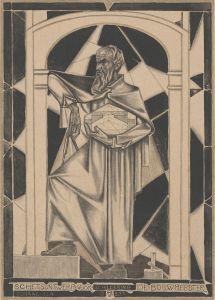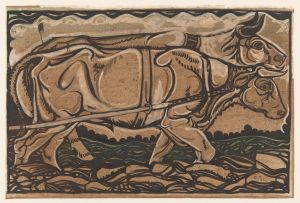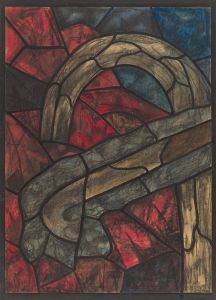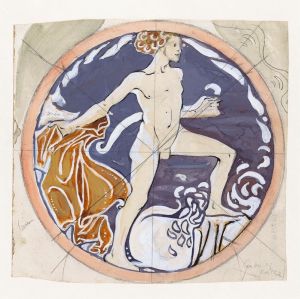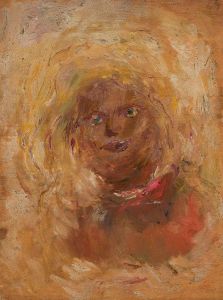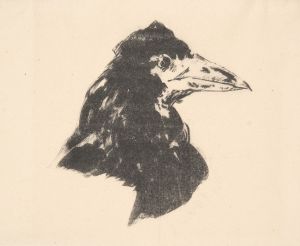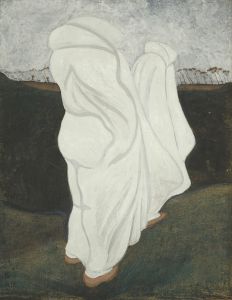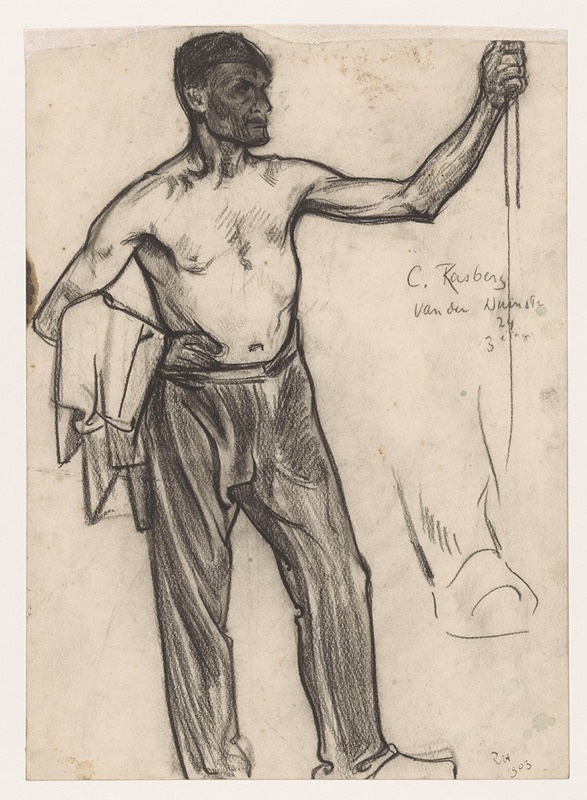
Staande man met ontbloot bovenlichaam
A hand-painted replica of Richard Nicolaüs Roland Holst’s masterpiece Staande man met ontbloot bovenlichaam, meticulously crafted by professional artists to capture the true essence of the original. Each piece is created with museum-quality canvas and rare mineral pigments, carefully painted by experienced artists with delicate brushstrokes and rich, layered colors to perfectly recreate the texture of the original artwork. Unlike machine-printed reproductions, this hand-painted version brings the painting to life, infused with the artist’s emotions and skill in every stroke. Whether for personal collection or home decoration, it instantly elevates the artistic atmosphere of any space.
Richard Nicolaüs Roland Holst was a prominent Dutch artist known for his contributions to the art movements of the late 19th and early 20th centuries. His work, "Staande man met ontbloot bovenlichaam" (Standing Man with Bare Torso), is a notable example of his artistic style and thematic interests. Roland Holst was born on December 4, 1868, in Amsterdam, Netherlands, and he became a significant figure in the Dutch art scene, particularly associated with the Amsterdamse Joffers and the broader Symbolist movement.
"Staande man met ontbloot bovenlichaam" reflects Roland Holst's interest in the human form and his ability to convey emotion and narrative through portraiture. The painting depicts a male figure standing with a bare torso, which allows the viewer to focus on the subject's physicality and expression. Roland Holst's use of light and shadow in this work highlights the contours of the man's body, emphasizing the musculature and the natural form. This attention to detail is characteristic of Roland Holst's approach to capturing the essence of his subjects.
The painting is executed with a keen sense of realism, yet it also embodies elements of Symbolism, a movement that sought to express ideas and emotions through symbolic imagery and themes. Roland Holst often infused his works with a sense of introspection and spirituality, and "Staande man met ontbloot bovenlichaam" can be seen as an exploration of the human condition and the inner life of the individual. The choice to depict the man with a bare torso may suggest themes of vulnerability, strength, or purity, common motifs in Symbolist art.
Roland Holst was not only a painter but also a graphic artist and a writer. He was deeply involved in the cultural and intellectual circles of his time, which influenced his artistic output. His works often reflect his engagement with contemporary social and philosophical issues, and he was known for his commitment to social justice and his involvement in the labor movement. This broader context of his life and work provides insight into the themes he explored in his art.
Throughout his career, Roland Holst received recognition for his contributions to art and culture. He was a member of the Dutch art society Arti et Amicitiae and played a role in the development of the applied arts in the Netherlands. His legacy is preserved in various Dutch museums and collections, where his works continue to be studied and appreciated for their artistic and historical significance.
"Staande man met ontbloot bovenlichaam" is a testament to Roland Holst's skill as an artist and his ability to convey complex themes through the depiction of the human form. While specific details about the painting's creation and provenance may not be extensively documented, it remains an important part of Roland Holst's oeuvre and a reflection of his artistic vision.





